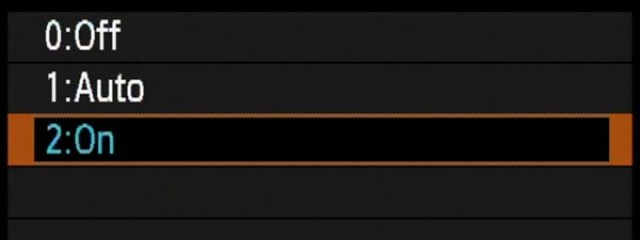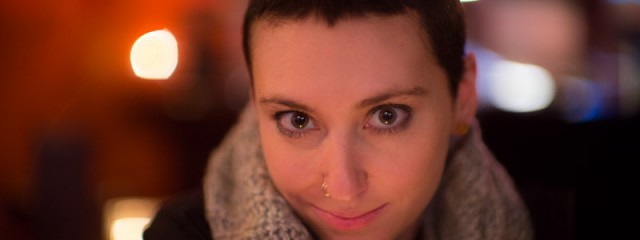Category
Terminology
Photo Term Series #21: Dark-Frame Subtraction
Digital SLRs offer a function called Dark-Frame Subtraction usually called “Long Exposure Noise Reduction” or “High ISO Noise Reduction” in your camera’s settings menu. Dark-Frame Subtraction exposes a camera’s digital sensor less any external light for a matching duration of a photo taken to detect digital noise and electroluminescence. When the Dark-Frame Subtraction feature is active hot pixels, amp glow an
Read MoreDate: 30 Oct 2012
Comment: 1
Photo Term Series Post #20: Bokeh
One of the more interesting terms in photography is bokeh (pronounced bo-keh). Bokeh is the aesthetic quality of the blur in the out of focus portion of an image. The word is derived from the Japanese word boke meaning blur or haze. Bokeh can be an important quality photographers evaluate when choosing a lens. This is particularly true when a photographer strives for non-distracting and smooth backgrounds. Nature, po
Read MorePhoto Term Series #19: Atmospheric Distortion
One interesting aspect of the natural world that can wreak havoc with our ability to capture a sharp image is the phenomenon of atmospheric distortion. Atmospheric distortion is particularly troublesome for photographers using longer lenses or telescopes. Temperature variations in the air, whether at ground level or in the upper reaches of our atmosphere, will refract light creating a blurred appearance to our eye. W
Read MorePhoto Term Series #18: Graduated Neutral Density Filter
One of the greatest challenges facing photographers is dealing with the limitations of film or digital cameras in regard to Dynamic Range. Over the years photographers have been and continue to be very creative in managing the limited range of light in which film or digital sensors can capture. In an effort to best reproduce what our eyes/brain see, photographers have developed techniques that balance the exposure
Read MorePhoto Term Series #17: Hyperfocal Distance
One of the most essential pieces of knowledge to understand in order to attain sharp images, particularly for landscapes, is the principle of hyperfocal distance. Phil Davis put it best in Photography, 1972 “When the lens is focused on the hyperfocal distance, the depth of field extends from half the hyperfocal distance to infinity.” The general tip to burn into your memory is focus 1/3 of the way into yo
Read MoreDate: 28 Nov 2007
Comment: 6
Photo Term Series #16: Magic or Golden Hour
The terms “magic hour” and “golden hour” are often used interchangeably, both describing the same lighting phenomenon. The “golden hour” is the hour after sunrise and before sunset when the light is less intense and fittingly golden. At this time sunlight shines through the earths atmosphere at a more acute angle resulting in wavelengths of light, other than red, being scattered at
Read MoreDate: 08 Aug 2007
Comment: 9
Photo Term Series #15: Dynamic Range
Dynamic range, in relation to photography, most commonly describes the light sensitivity range of a photographic medium whether slide/print film or a digital sensor. Unlike other definitions of Dynamic Range I think it’s important to discuss the relationship of the human eye and brain and what we determine as the standard of dynamic range. The eye is in all intents and purposes a sensor that can detect texture,
Read MoreDate: 01 Aug 2007
Comment: 5
Photo Term Series Post #14: Vignetting
 “In photography and optics, vignetting is a reduction in image brightness in the image periphery compared to the image center. Although vignetting is normally unintended and undesired, it is sometimes purposely introduced for creative effect, such as to draw attention to the center of the frame. A photographer may deliberately choose a lens which is known to produce vignetting. It can also be produced with th
Read More
Copyright © JMG-Galleries – Jim M. Goldstein Photography, All Rights Reserved


